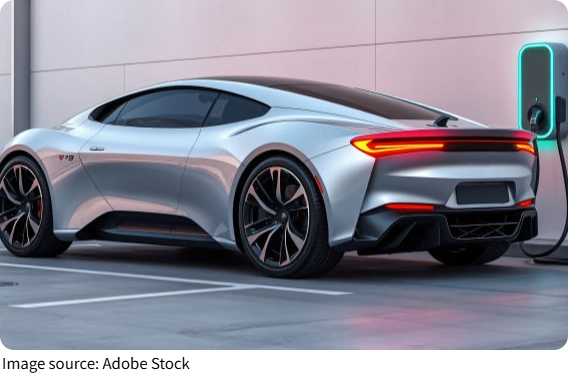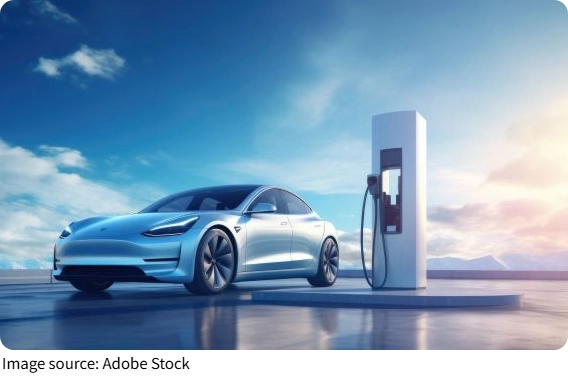EVs and Environment

When someone mentions "green transportation," electric vehicles (EVs) are often the first thing that comes to mind. But are EVs actually as eco-friendly as we think?
Or is there more to the story? This article dives deep into lifecycle data, energy sources, and real-world emissions to answer this increasingly relevant question.
Understanding the Full Picture
To evaluate an EV's environmental impact, we must look beyond tailpipe emissions—or rather, the lack thereof. While EVs don't emit carbon dioxide while driving, their production process, battery materials, and electricity sources all play a critical role in determining their true eco-footprint.
The Battery Dilemma
One of the biggest environmental debates around EVs centers on batteries. Creating lithium-ion batteries requires large amounts of:
• Lithium: extracted via water-intensive mining
• Cobalt: primarily sourced from countries with weak environmental regulations
• Nickel and graphite: mined using fossil fuel machinery
However, this initial "carbon debt" can be repaid during the vehicle's lifespan—especially when the EV is charged using clean electricity.
Electricity Sources Matter
An EV is only as clean as the grid that powers it. In regions where electricity comes from coal or natural gas, the carbon savings from switching to EVs are significantly reduced.
But in countries like Norway, which rely on hydropower, or France, which uses nuclear energy, the environmental advantage of EVs is substantial.
Comparing Lifetime Emissions
To understand the real difference, we must examine lifecycle emissions, which include:
• Raw material extraction
• Manufacturing
• Vehicle use
• End-of-life disposal or recycling
Additionally, as renewable energy increases worldwide, the emissions associated with EV use are expected to drop further.
What About Recycling?
EV critics often point to concerns over battery waste. Indeed, lithium-ion batteries are difficult and expensive to recycle—but not impossible.
Several companies, like Redwood Materials and Li-Cycle, are developing commercial-scale facilities that can recover over 95% of metals from used EV batteries.
The European Union and California have introduced regulations requiring automakers to take responsibility for battery collection and recycling, making this a growing part of the EV ecosystem.
Pollution Beyond CO₂
While EVs reduce carbon emissions, other forms of pollution must be considered, including:
• Particulate matter from tire and brake wear
• Noise pollution
• Water usage in battery material extraction
On the positive side, EVs generate less brake dust thanks to regenerative braking and reduce urban noise levels significantly—especially in densely populated areas.
Are Hybrids or Small Gas Cars Better?
In regions with high-emission electricity grids, efficient gasoline vehicles or hybrids might temporarily have comparable or lower lifecycle emissions than EVs.
The Real World Impact
Consider this: If a household switches from a gas car to an EV and charges it using average U.S. grid power, it would reduce annual emissions by 4.6 metric tons of CO₂, according to the EPA.
That's equivalent to planting over 70 trees every year. And if that household uses solar panels, the benefit becomes even greater.

Are EVs Truly Eco-Friendly?
The answer is: yes—with context. EVs are significantly more environmentally friendly than gas vehicles over their full lifecycle, especially when:
• Powered by clean energy
• Manufactured using responsible material sourcing
• Paired with recycling strategies
They are not entirely free of environmental impact, but the data clearly shows they offer a path to cleaner mobility, particularly as the global energy landscape continues to evolve.

 · Vehicle Team
· Vehicle Team